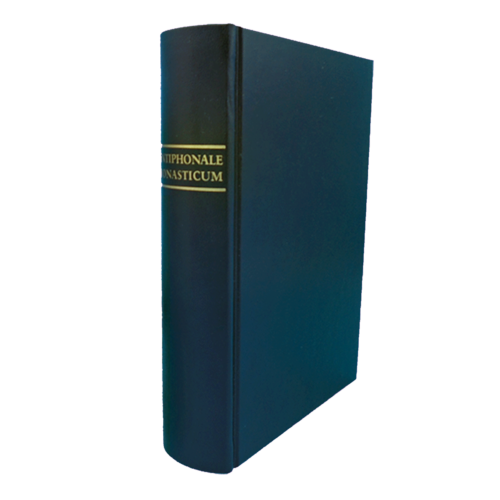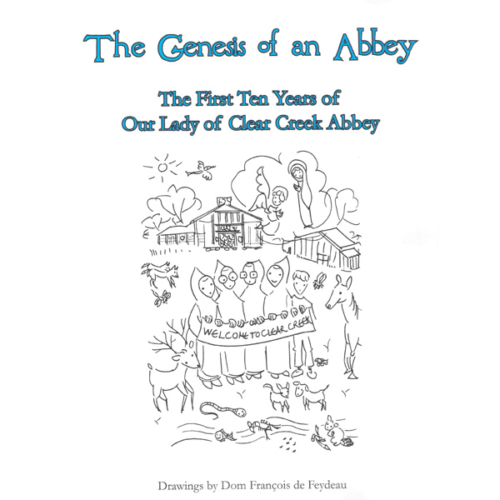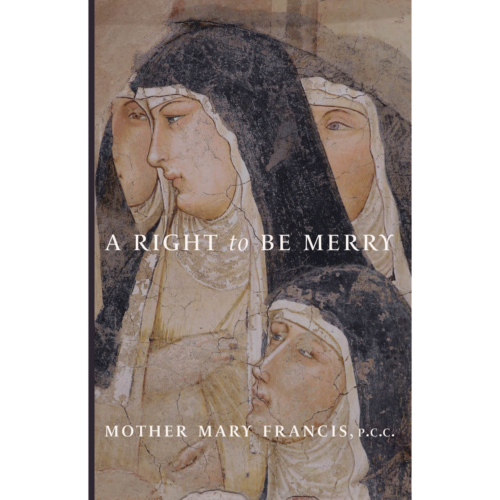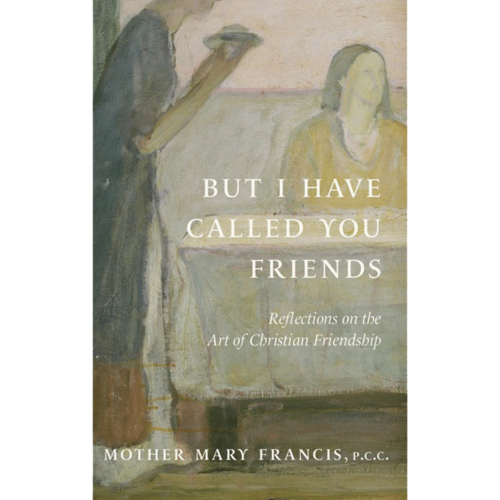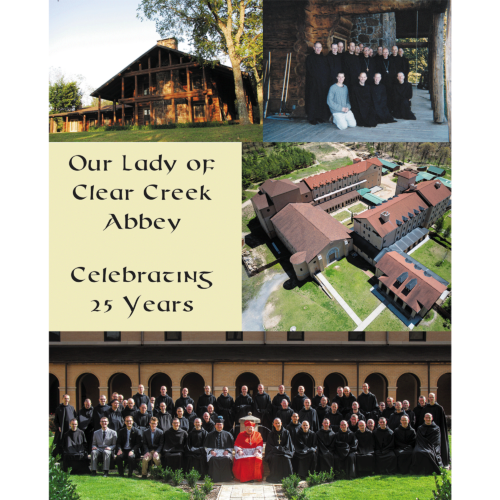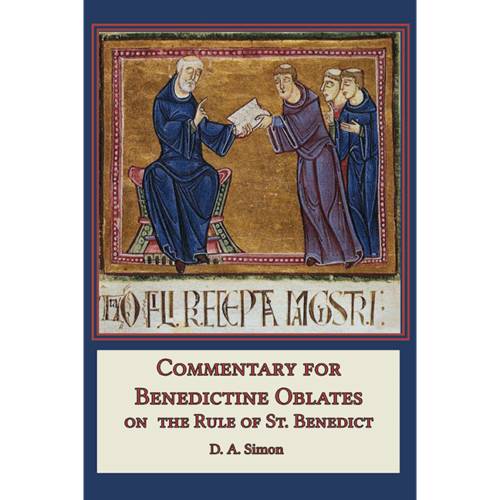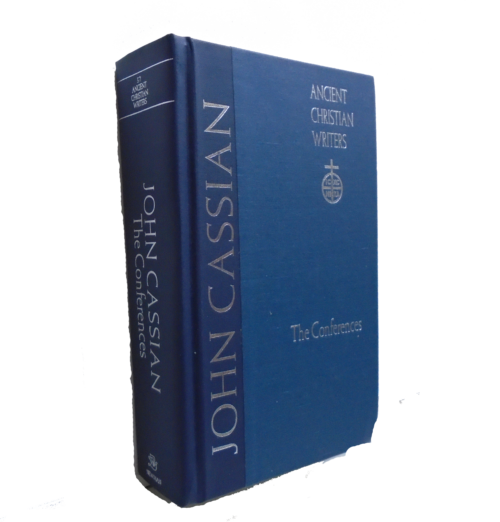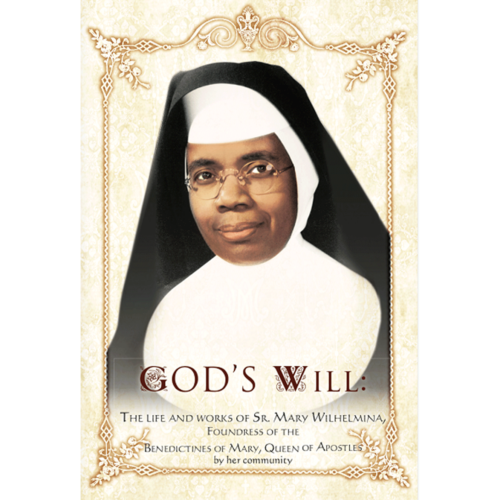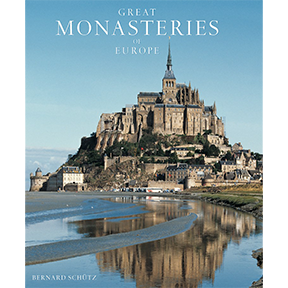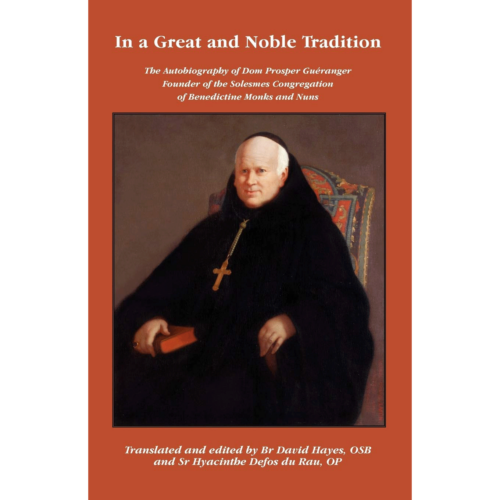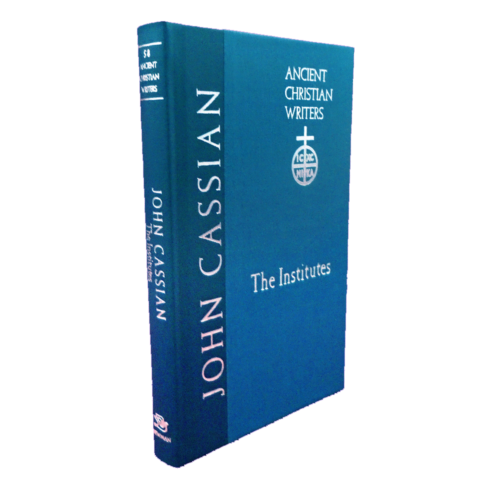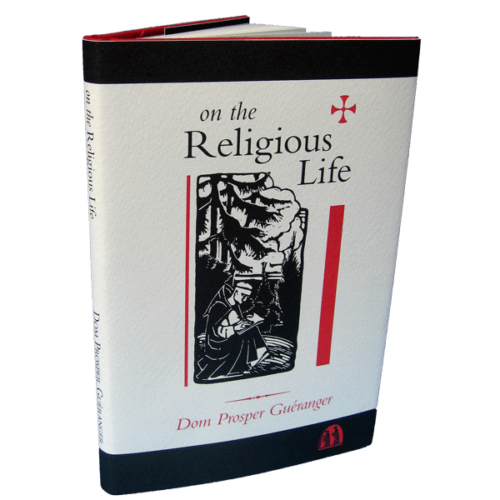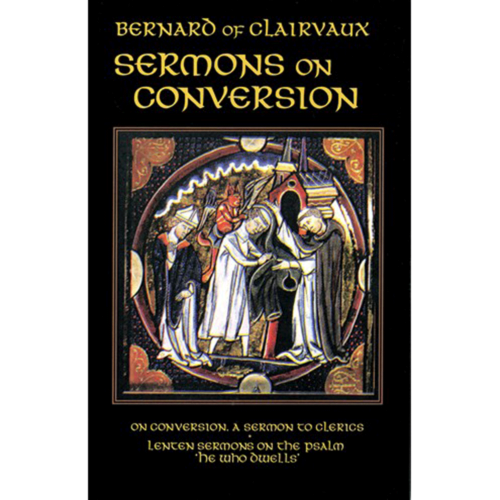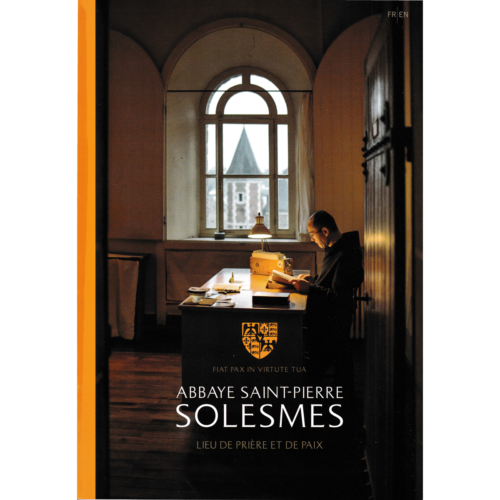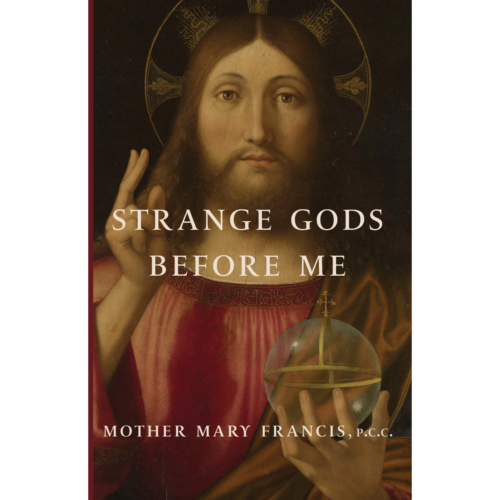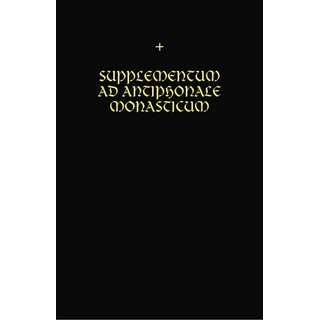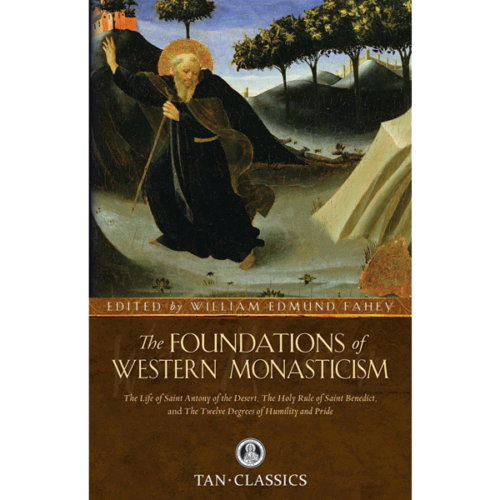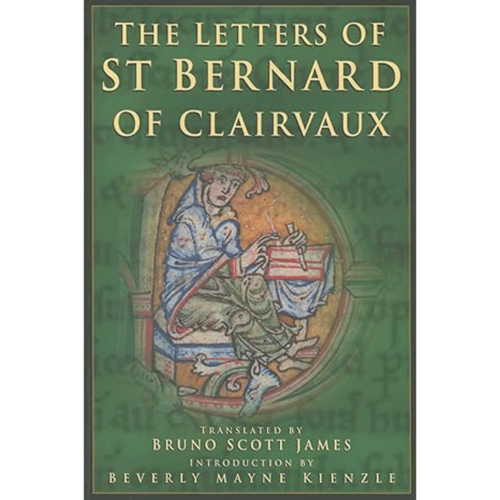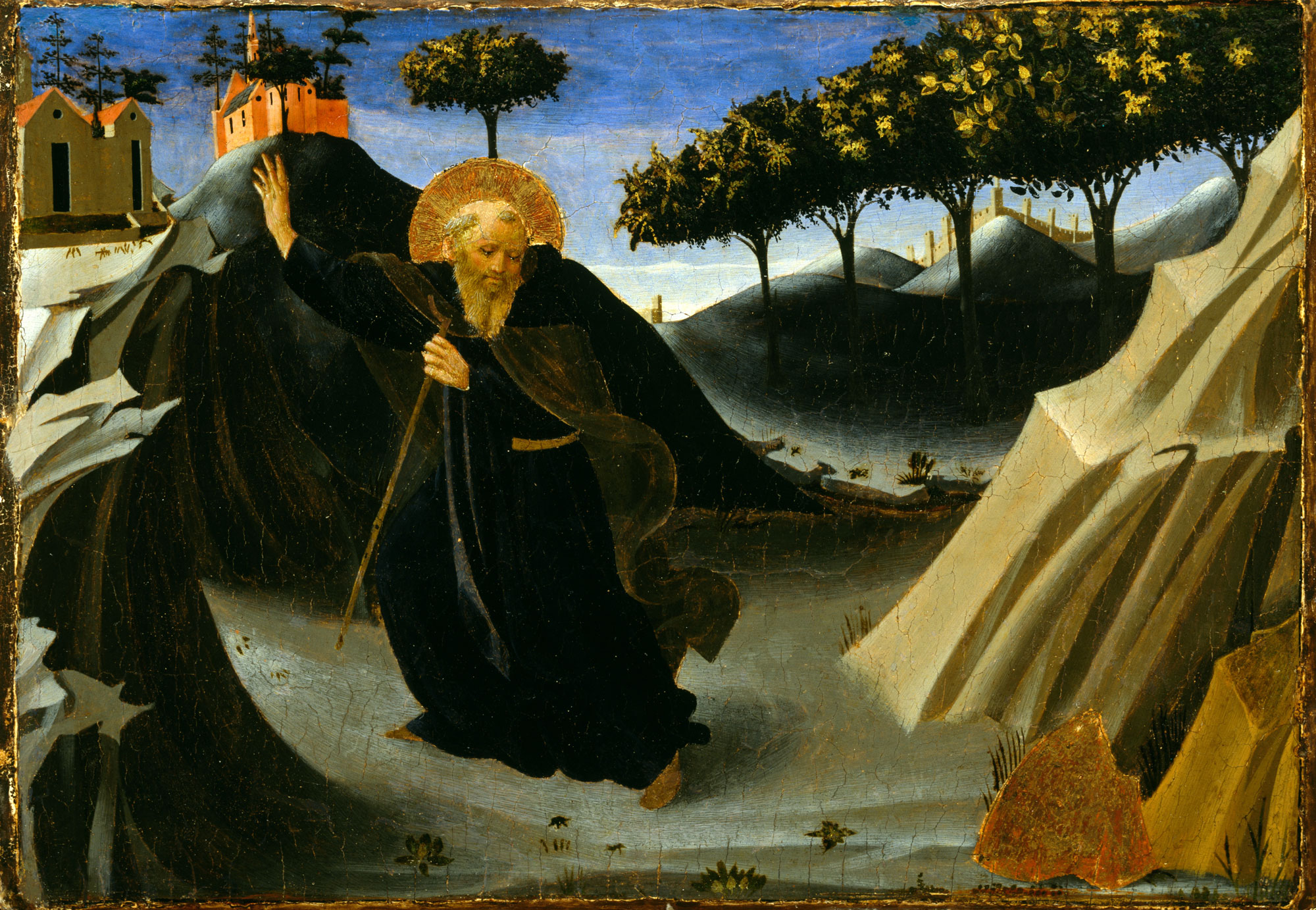Today is the 1,000th anniversary of the passing of Saint Henry, whom Pope St. Pius X declared to be the patron of Benedictine Oblates. This Emperor took to heart not just politics and temporal legislation but also religion and the welfare of the Church, as can be seen in his founding monasteries throughout the Empire. Tradition tells us that, trained by the Benedictine bishop of Regensburg, he became an oblate of the Abbey of Cluny and then asked to be received into the Benedictine abbey of St. Vanne at Verdun. The abbot welcomed him, but immediately constrained him by obedience to re-ascend the imperial throne.

Saint Henry, Benedictine Oblate
A statue of Saint Henry graces the guest cloister at Clear Creek Abbey.
Saint Henry was first a King of Germany and then the Emperor of the Holy Roman Empire. He had a prudent, precise, and realistic mind, and he was wise in his piety. In a time when relations between the Empire and the Papacy had been friendly and close, he strove to help the Church serve the common good and even established the diocese of Bamberg. After Saint Henry’s death on July 13, 1024, Pope Eugene III canonized him in 1146 and attributed to him the conversion of Hungary. His wife, Cunigund, also was a saint, canonized by Pope Innocent III: after her husband’s death, she entered the Benedictine Abbey of Kaufungen that she founded, where she died in 1033.
Men and women like these lived lives in a holy way while still concerning themselves with worldly administration. As a Benedictine oblate, Saint Henry welcomed and fostered the wisdom of the Rule of Saint Benedict into his life, prayer, and work, much to the glory of God. While not forming a third order exactly, Benedictine oblates associate themselves to a particular monastery in a spiritual way so that their life can be enriched by the wisdom of the Rule and by praying in communion with the monks vowed to God according to the Rule. Clear Creek Abbey has a number of such oblates, and you can request for more information by sending a general inquiry here.
Books on Monastic Life
Today is the 1,000th anniversary of the passing of Saint Henry, whom Pope St. Pius X declared to be the patron of Benedictine Oblates. This Emperor took to heart not just politics and temporal legislation but also religion and the welfare of the Church, as can be seen in his founding monasteries throughout the Empire. Tradition tells us that, trained by the Benedictine bishop of Regensburg, he became an oblate of the Abbey of Cluny and then asked to be received into the Benedictine abbey of St. Vanne at Verdun. The abbot welcomed him, but immediately constrained him by obedience to re-ascend the imperial throne.

Saint Henry, Benedictine Oblate
A statue of Saint Henry graces the guest cloister at Clear Creek Abbey.
Saint Henry was first a King of Germany and then the Emperor of the Holy Roman Empire. He had a prudent, precise, and realistic mind, and he was wise in his piety. In a time when relations between the Empire and the Papacy had been friendly and close, he strove to help the Church serve the common good and even established the diocese of Bamberg. After Saint Henry’s death on July 13, 1024, Pope Eugene III canonized him in 1146 and attributed to him the conversion of Hungary. His wife, Cunigund, also was a saint, canonized by Pope Innocent III: after her husband’s death, she entered the Benedictine Abbey of Kaufungen that she founded, where she died in 1033.
Men and women like these lived lives in a holy way while still concerning themselves with worldly administration. As a Benedictine oblate, Saint Henry welcomed and fostered the wisdom of the Rule of Saint Benedict into his life, prayer, and work, much to the glory of God. While not forming a third order exactly, Benedictine oblates associate themselves to a particular monastery in a spiritual way so that their life can be enriched by the wisdom of the Rule and by praying in communion with the monks vowed to God according to the Rule. Clear Creek Abbey has a number of such oblates, and you can request for more information by sending a general inquiry here.


